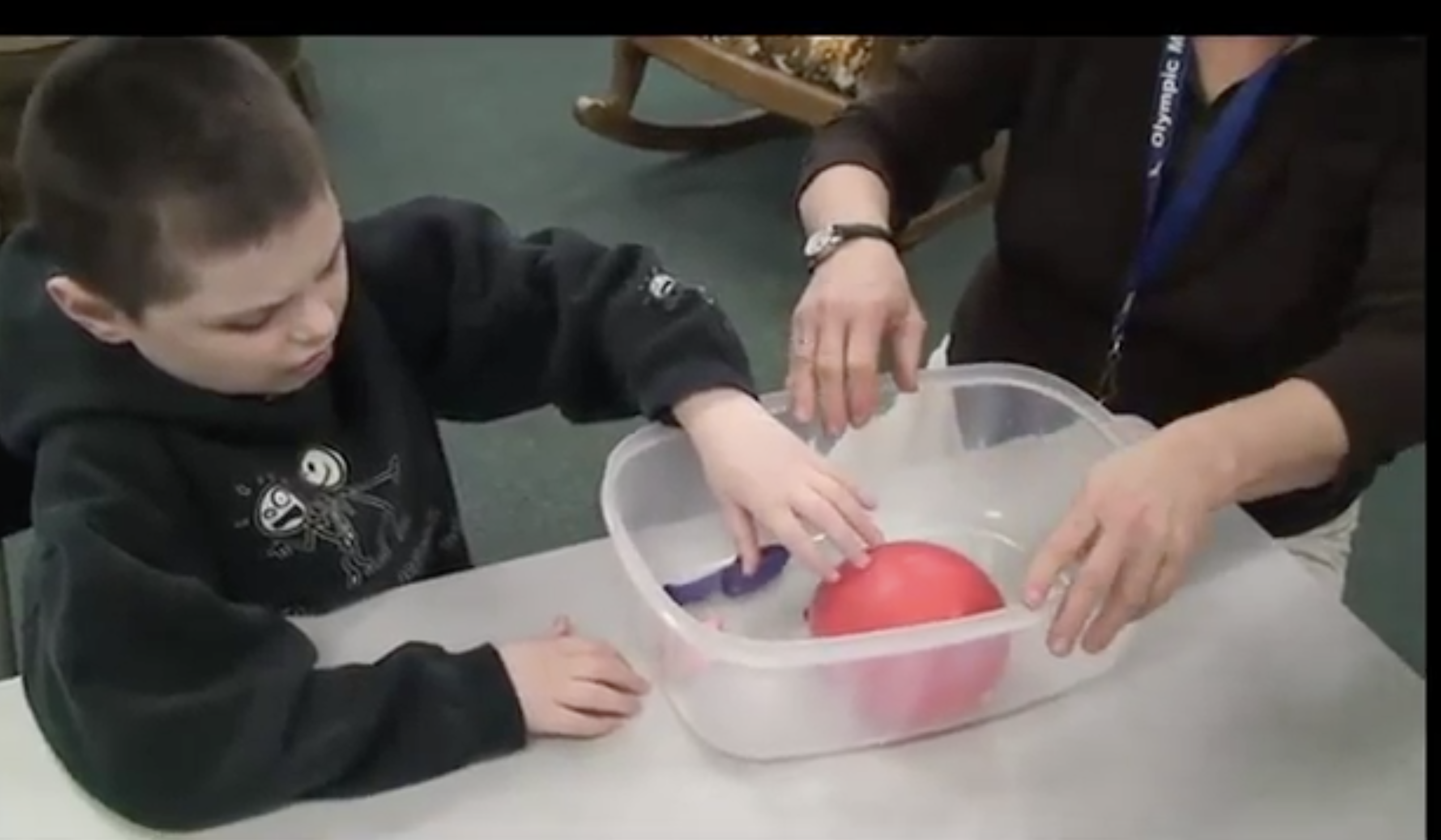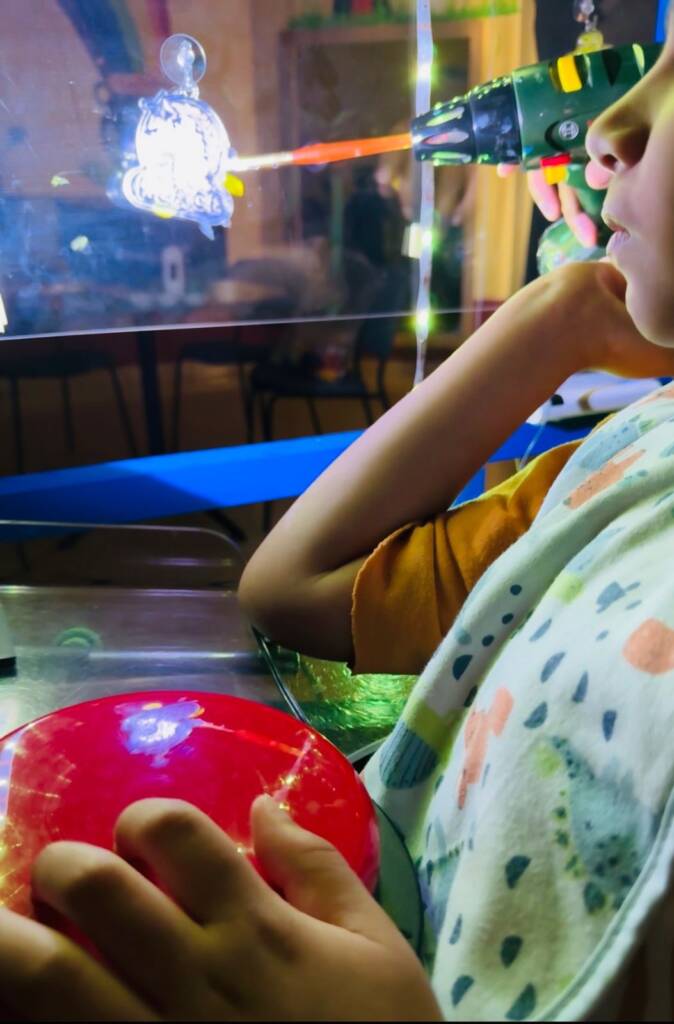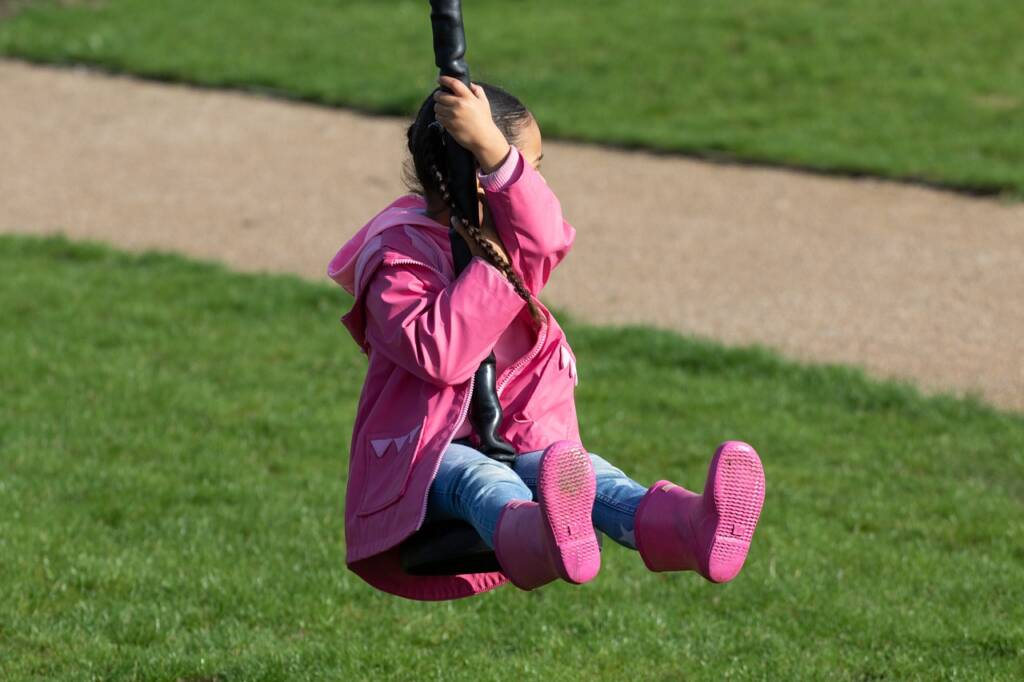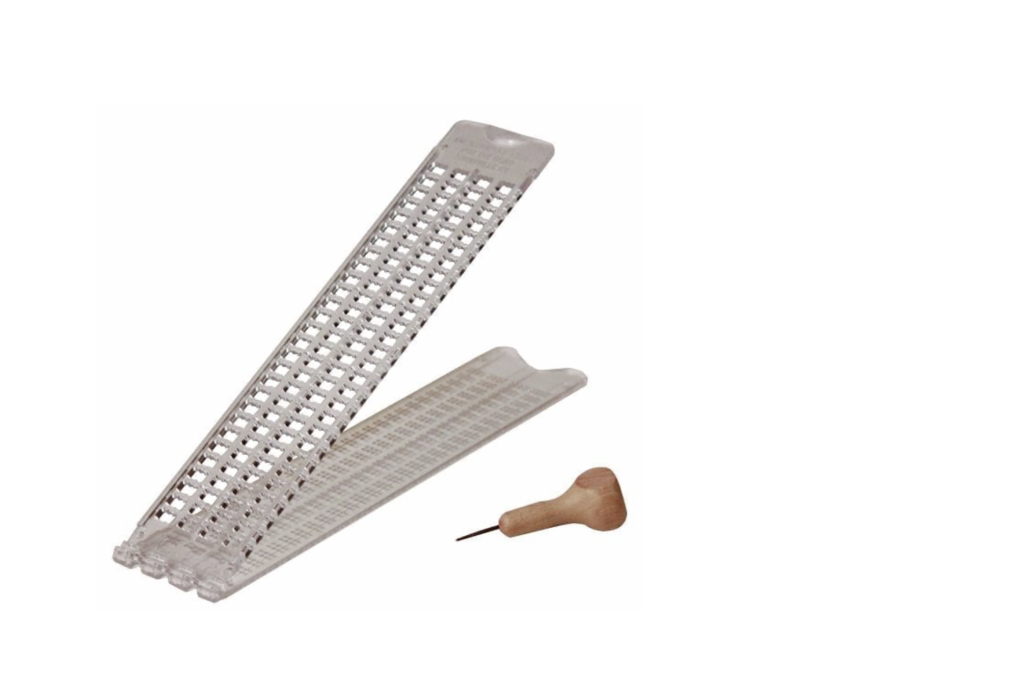Our field lost a treasured friend and visionary colleague with the passing of Linda Hagood this month. She has contributed an enormous amount to the field, through her writing, her teaching, and her modeling of innovative techniques. As a speech language pathologist, Linda recognized that collaborative storytelling can be a powerful way to develop communication and language, as well as social skills, all while having fun. Paths to Literacy is deeply honored to be the designated repository for the legacy of her work called Playing with Words. In addition, Linda was a regular contributor to the site over the years. We invite you to explore her innovative approach to writing with students with multiple disabilities, including those with deafblindness or on the Autism Spectrum.
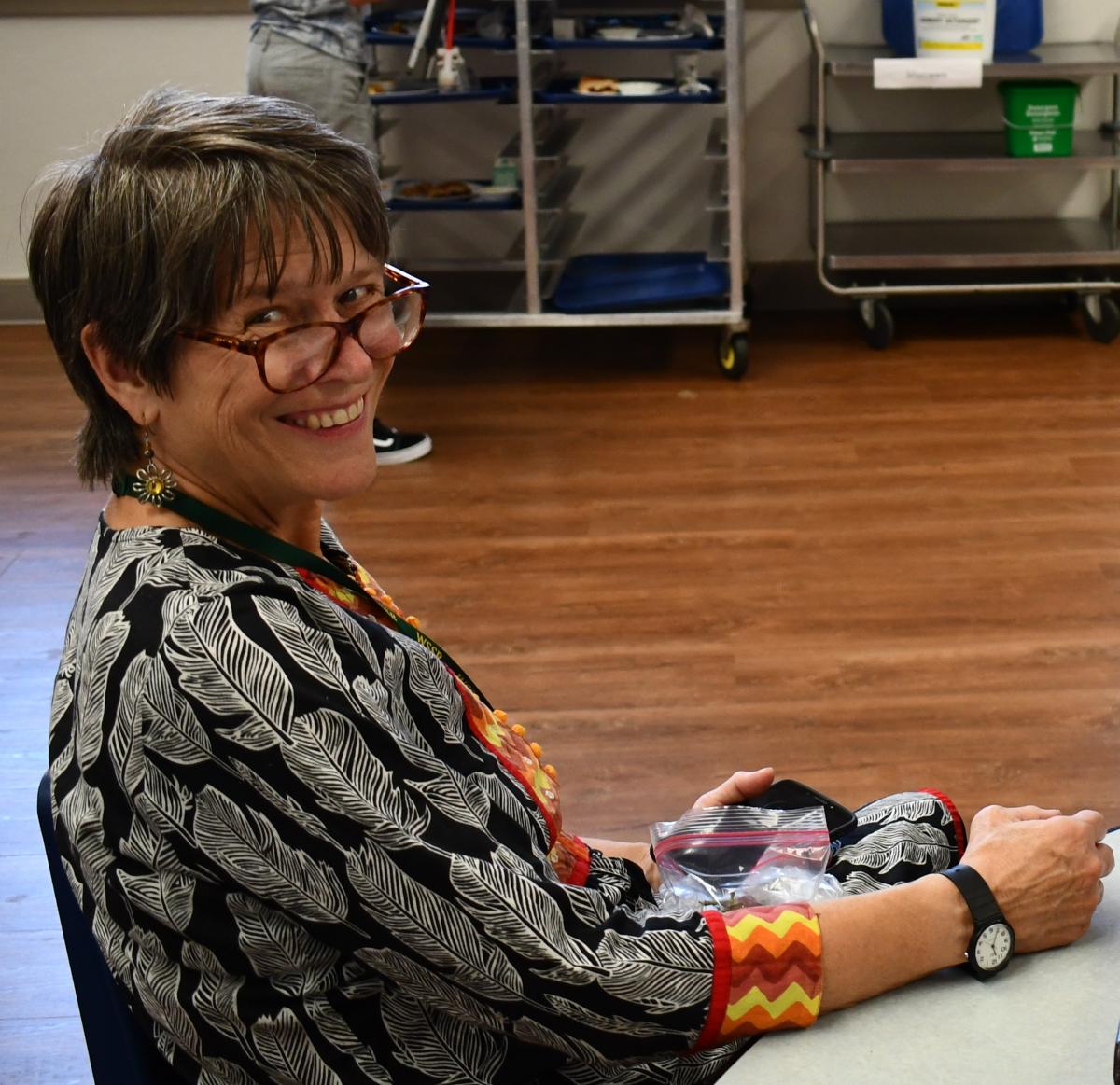
What Is Play-Based Storytelling?
In her introduction to Playing with Words, she writes, “Co-creating stories is focused on the process, rather than the product. That is, it focuses on expanding language and communication, self-determination, self-regulation, and creativity rather than a perfectly composed story. The adult is a support, rather than an authority, building on student interests and using props to expand playful exploration and expression.”
Play-based storytelling is built on a foundation of skills that include both communicative intent and symbolic representation. Linda emphasizes the importance of beginning by building trust, engaging in shared experiences, joint attention, extended turn taking, anticipation, and welcoming the full range of communicative forms (objects, tactile symbols, print, braille, gestures, signs, speech).
Essential Components
She asserts that all stories should include six essential components, although initially (as a pre-teaching activity) or as a follow-up activity peers may not necessarily be included. These components are:
-
Building on all students’ strengths and interests; choice-making
-
Including peers in all intervention sessions
-
Building an atmosphere of play, with modeling and encouragement of varying levels of social play and symbolic dimensions of play
-
Adult role is to be flexible & supportive, acknowledging, accepting and expanding on participant input, scaffolding between highly directive, highly participatory role and non-directive encourager and scribe
-
Contexts for activity include predictable routines, consistent, accessible locations, adequate space for enactment and story creation
-
Physical enactment, including the use of props and actions, should be included in all intervention sessions
Types of Stories
Linda offers five different types of stories in her approach:
There is a description of each of these and numerous video examples of each one.
Experience Stories
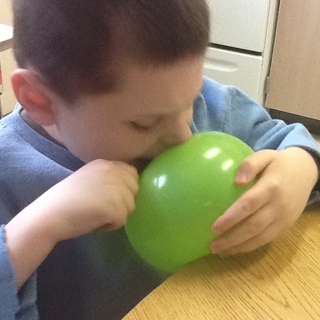
Play-based experience stories are stories based on the student’s own activities and highlight the part of the experience that is memorable to the student. As a co-creator of the story, the adult or possibly a peer needs to be a close observer of the student during the experience. What engages the student? How does the student interact with things and people during the experience? Are there things that are unexpected or even startling to the student?
Songs and Poems
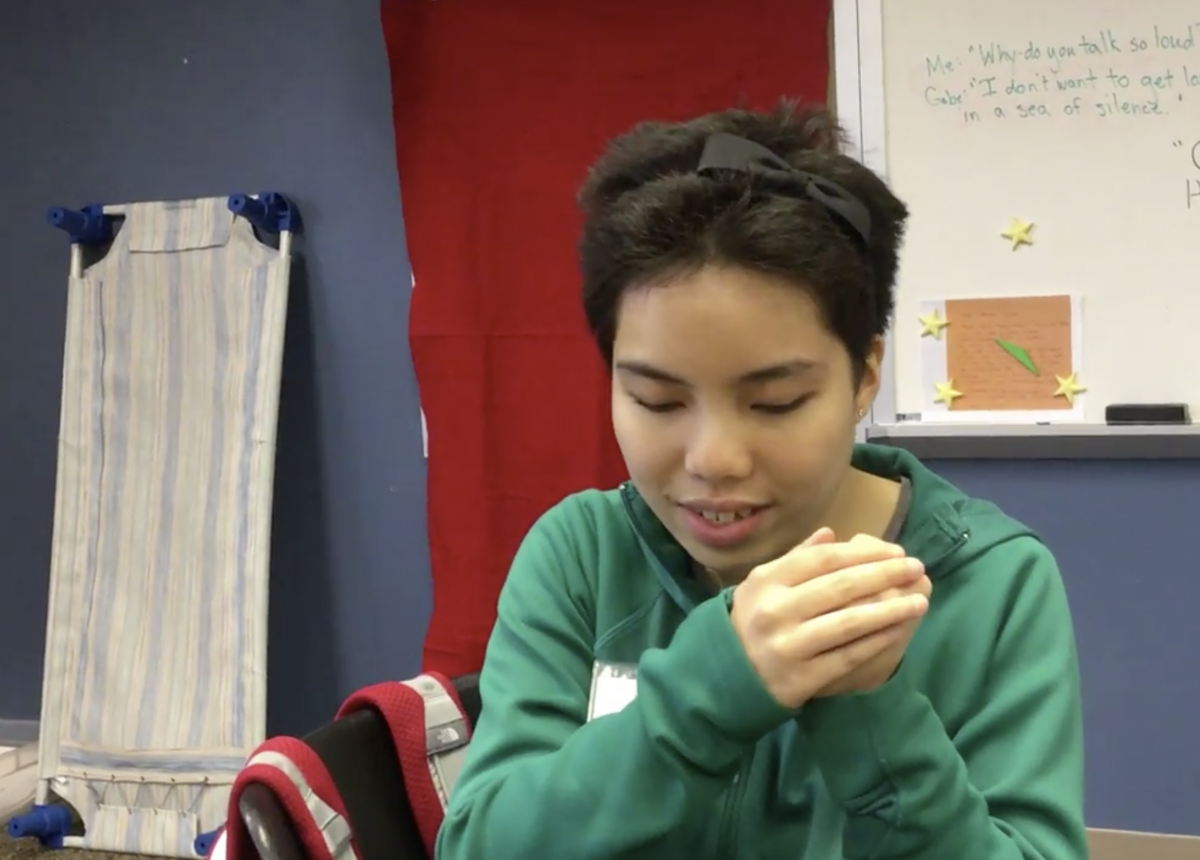 One of the earliest activities we often share with children includes the use of songs and simple rhymes. We often attach hand and body movements to them, which helps the child recall the words associated with these movements. Think of songs like the “Itsy Bitsy Spider” or nursery rhymes like “Pat-a-Cake”. The musical quality (pitch and rhythm patterns) of poems and songs often draw the child’s attention and engage her interest.
One of the earliest activities we often share with children includes the use of songs and simple rhymes. We often attach hand and body movements to them, which helps the child recall the words associated with these movements. Think of songs like the “Itsy Bitsy Spider” or nursery rhymes like “Pat-a-Cake”. The musical quality (pitch and rhythm patterns) of poems and songs often draw the child’s attention and engage her interest.
Pretend Stories
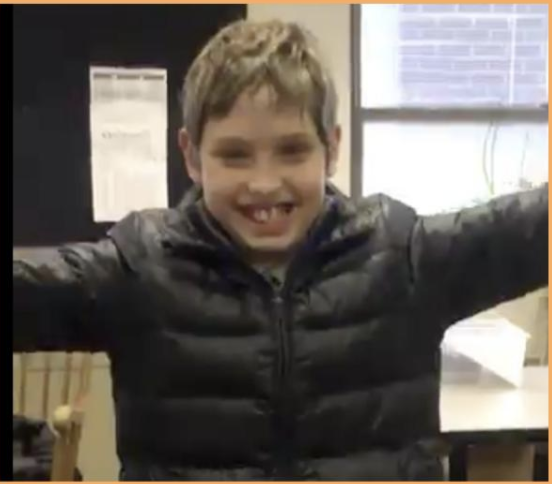 Children at a certain stage of development (about the age of 2 in typically developing children) begin to be able to take on the perspective of other people or think about experiences they may have observed or experienced. They begin to be able to put these different thoughts together to create a “pretend story”. They might pretend to be a favorite pet who misbehaves or a superhero saving the world. At that point they can begin to enjoy developing “pretend stories”.
Children at a certain stage of development (about the age of 2 in typically developing children) begin to be able to take on the perspective of other people or think about experiences they may have observed or experienced. They begin to be able to put these different thoughts together to create a “pretend story”. They might pretend to be a favorite pet who misbehaves or a superhero saving the world. At that point they can begin to enjoy developing “pretend stories”.
Yoga Stories
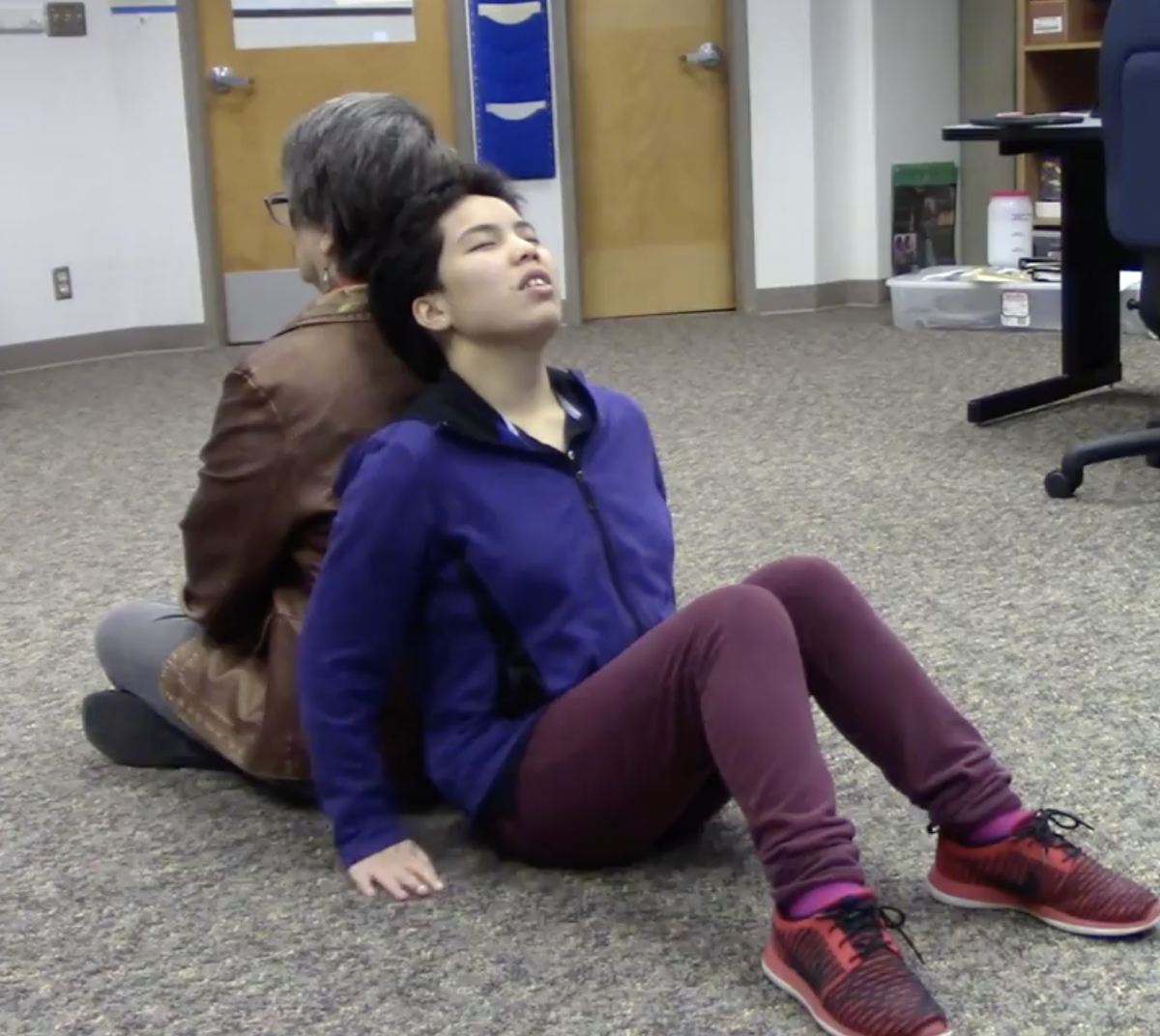 Yoga Stories and Activities include pretend stories and meditations, as well as asanas (body postures or poses), routines, and mantras (or rhythmic chants). They are a powerful way to support learning in a wide variety of skill areas, such as improving movement patterns and spatial concepts, social interactions, emotional regulation, and language and literacy skills.
Yoga Stories and Activities include pretend stories and meditations, as well as asanas (body postures or poses), routines, and mantras (or rhythmic chants). They are a powerful way to support learning in a wide variety of skill areas, such as improving movement patterns and spatial concepts, social interactions, emotional regulation, and language and literacy skills.
Epic Stories
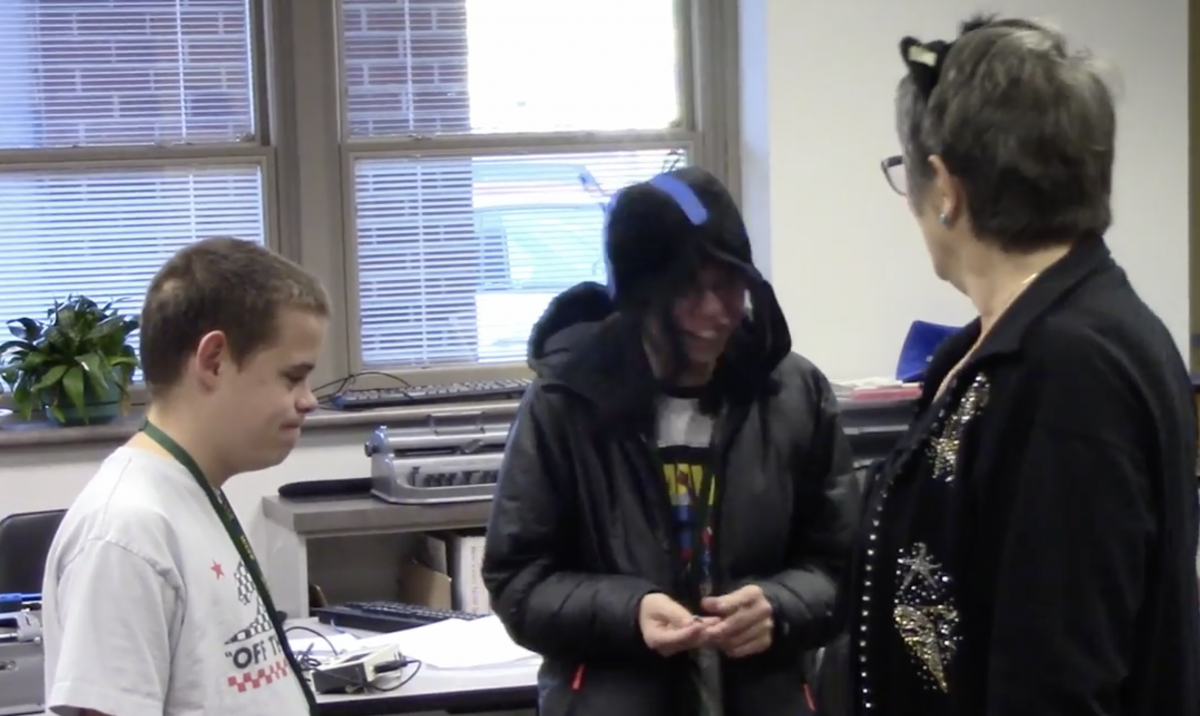 Epic Stories are longer and more complex in nature than other types of stories. They may be individually or collaboratively written. Usually an “epic story” has a protagonist or main character or characters that go through a variety of experiences which reveal who they are over time. There is usually some obstacle or obstacles which must be overcome, and often the main characters go through changes that make them view life differently or act differently. These stories often involve both drama and humor, and may incorporate other elements including poetry and songs.
Epic Stories are longer and more complex in nature than other types of stories. They may be individually or collaboratively written. Usually an “epic story” has a protagonist or main character or characters that go through a variety of experiences which reveal who they are over time. There is usually some obstacle or obstacles which must be overcome, and often the main characters go through changes that make them view life differently or act differently. These stories often involve both drama and humor, and may incorporate other elements including poetry and songs.
See the full site map of the Playing with Words microsite.
Watch a webinar introducing Playing with Words.
Additional Resources from Linda Hagood
Explore her articles and posts on Paths to Literacy
Quite a bit of Linda’s work is archived on the TSBVI (Texas School for the Blind and Visually Impaired) website. We recommend:
- What is an Instructional Routine?
- Conversations without Language: Building Quality Interactions with Children Who Are Deafblind
Linda’s books are also availlable through TSBVI:
- Communication – A Guide for Teaching Students with Visual and Multiple Impairments
- Better Together: Building Relationships with People who have Visual Impairment and Autism Spectrum Disorder (or Atypical Social Development)
Perkins School for the Blind offers:
- Writing: The Forgotten Focus for Literacy and Communication Instruction (webcast)
- Autism and Visual Impairment with Linda Hagood (podcast)
Special thanks to Megan Mogan, Jay Hiller, Kate Hurst, and Cyral Miller for their work on the Playing with Words project.

